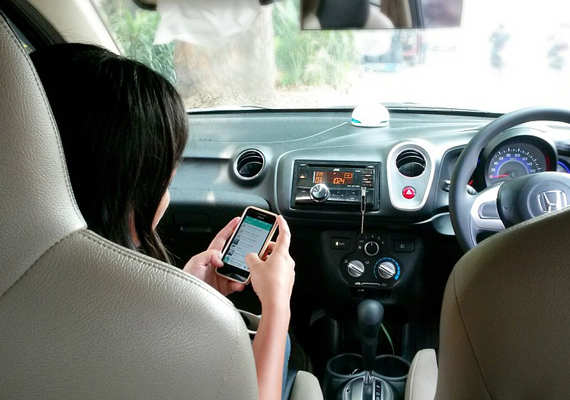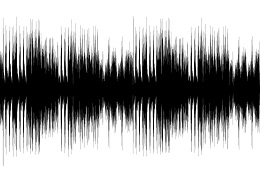
Vodafone will present on the next Mobile World Congress (MWC) the latest developments on telecommunications, such as the CrowdCell technology, that turns cars into antennas in order to improve the 4G network coverage.
17 february 2016
Vodafone Spain aims to boost 4G coverage of its network by developing two new technologies: CrowdCell and 4GFi. During its presentation last Tuesday in Madrid, they announced that these new technologies will change the network deployment model, that will move from being static to being dynamic by implanting small emitter antennas in cars or mobile phones. Although they have been developed in the Radio Access Centre of Excellence in Madrid, the company claims that the aim is to commercialise it at a global level.
The CrowdCell technology will improve the covering of the mobile network both inside and outside the car by transforming the vehicles into 4G emitters. To do it, it will use covering femtocells that will be controlled automatically by the Vodafone network. When the car is moving, the 4G experience of the occupants will improve; while when it is parked, it will expand the 4G service for all the customers.
“We trust that we will see them integrated in vehicles in 12 months, but before we will make tests, affirmed Didier Clavero, director of the Vodafone Spanish network. The operator expects to incorporate this technology in fleet vehicles, taxis and buses.
On the other hand, 4GFi is an application that increases greatly the speed of data transmission of the 2G and 3G terminals 15 and 30.000 times respectively. This is achieved by connecting the devices to another 4G mobile that works as a hotspot. Thanks to this technology the capillarity or expansion of the network will improve in those areas where the covering is limited.
This technology brings more advantages than a conventional hotspot, since it is automatic and the user does not need to provide passwords. Furthermore, if the battery level of the 4G terminal that acts as the internet access point descends, another mobile will offer the same service automatically.’The one that work as a hotspot is penalised just in his or he battery, but logically we will have to give him or her some incentive to use the technology’ asserts the company.
Mobile World Congress
Vodafone will present both technologies in the Mobile World Congress (MWC) in Barcelona, the most important event at global level about TICs that will open its doors next Monday 22 February. Along with CrowdCell and 4GFi, they will also make public other innovations in the field of telecommunications.
In the trade fair they will carry out the first global demonstration of the MIMO (Multiple-Input Multiple-Output) 8x8 y 256QAM technology that allows to reach speeds of up to 1Gbps and to view videos in 4K resolution and virtual reality motion. This technology is an anticipation of 5G, that Vodafone foresees to launch commercially launch in 2020.
In another stand they will also present the Radio Positioning System (RPS), a positioning system similar to GPS that leans on mobile networking and increases ten times the positioning accuracy. The longitude and latitude coordinates will allow locating clients that contract this service on a map.
On the other side, the Edge Cloud Computing utilises 5G networks to reduce the latency and to improve the response time in office applications of the cloud, virtual reality games and internet of things.
The MWC will also hold the presentation of Lampsite, patch antennas that improve the 4G+ covering indoors following a distributed network architecture model. Huawei and Vodafone, the companies that have collaborated in its development, will show to users the advantages of this technology by deploying 210 patch antennas in the facilities of the MWC.











